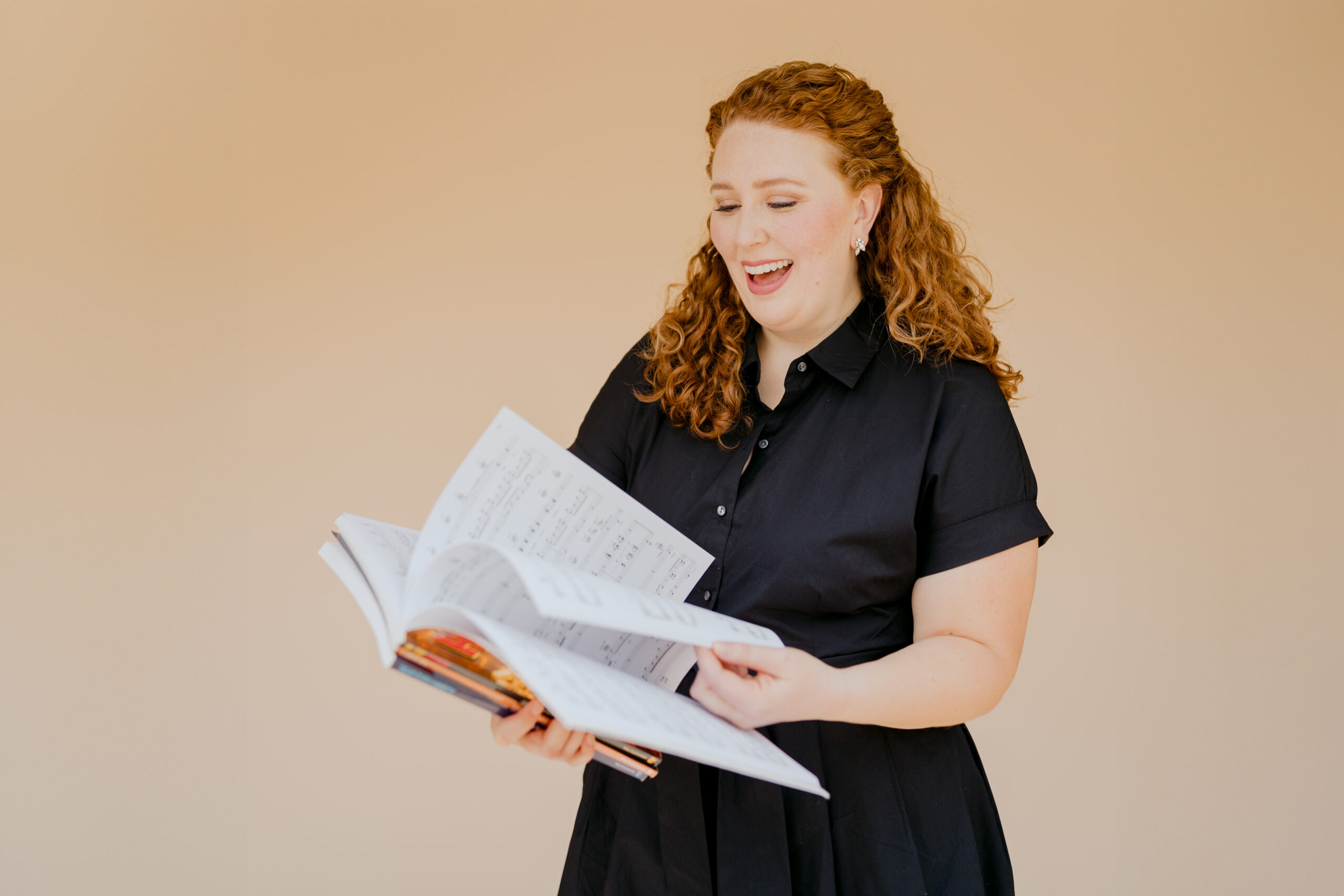The Secret to Vocal Power: Understanding Resistance in Your Voice
If you’ve ever struggled with a breathy tone, lack of volume, or a voice that feels tight and strained, you’re not alone. Many singers assume the problem is their breath support, but the real issue? Vocal Resistance.
What Is Vocal Resistance?
Resistance refers to how thick and/or firm your vocal folds come together to resist the airflow as you sing or speak. Your voice is always balancing two key elements:
🎤 Muscle (Vocal Fold Resistance) – The strength and coordination of your vocal cords as they resist air.
💨 Air Flow – The amount of air moving out of your lungs and up through your vocal folds.
When these two forces are balanced, your voice sounds clear, strong, and effortless. When they’re out of sync, problems arise:
❌ Too much air? You’ll sound breathy and lack power.
❌ Too little air? Your voice will feel tight, strained, or squeezed and limit your range.
Check out my analogy of a garden hose to visualize what I’m talking about ⬇️

“Fixing” Your Breath Isn’t the Answer
My biggest pet peeve as a voice teacher? Believing that “fixing your breath” alone will solve these issues.
The hyper-fixation on BREATH in vocal training is a bit maddening to me, honestly. We know that singing is made up of three systems: respiration (breath), phonation (vocal folds vibrating), and resonance (the shape of your vocal tract). Yet we get so caught up in system number one that we never move to the other, vital systems of singing!
The truth is, air is coming out no matter what. What actually needs training is your ability to coordinate your vocal muscles properly to achieve balance.
An easy way to think about this is to coordinate your chest voice and head voice; or “thick folds” and “thin folds.”
If you feel like your voice is either too breathy or too pressed—or you keep flipping between the two—this kind of training is essential.
How to Train for Proper Resistance
✅ Work with a teacher who understands vocal balance and mixing—someone who can guide you through the right exercises to find that sweet spot between air and muscle. *Hint hint* this is exactly what our CWVS teachers can help you find! Learn more about private online lessons here.
✅ Develop a regular practice of moving through your voice with one focus in mind: proper resistance! If you want a simple, “press play” way to start, get my five-minute mix voice vocal warmup here.
✅ Looking for a start to finish vocal transformation? This is exactly what my course, Master Your Mix, is designed to help with. Whether you’re starting out too breathy, too squeezed, or flipping somewhere in between, I’ve got custom voice lesson plans to help you train your voice for balance, power, and freedom. Use code CHELSEA for 15% off the Pay in Full option 😘





